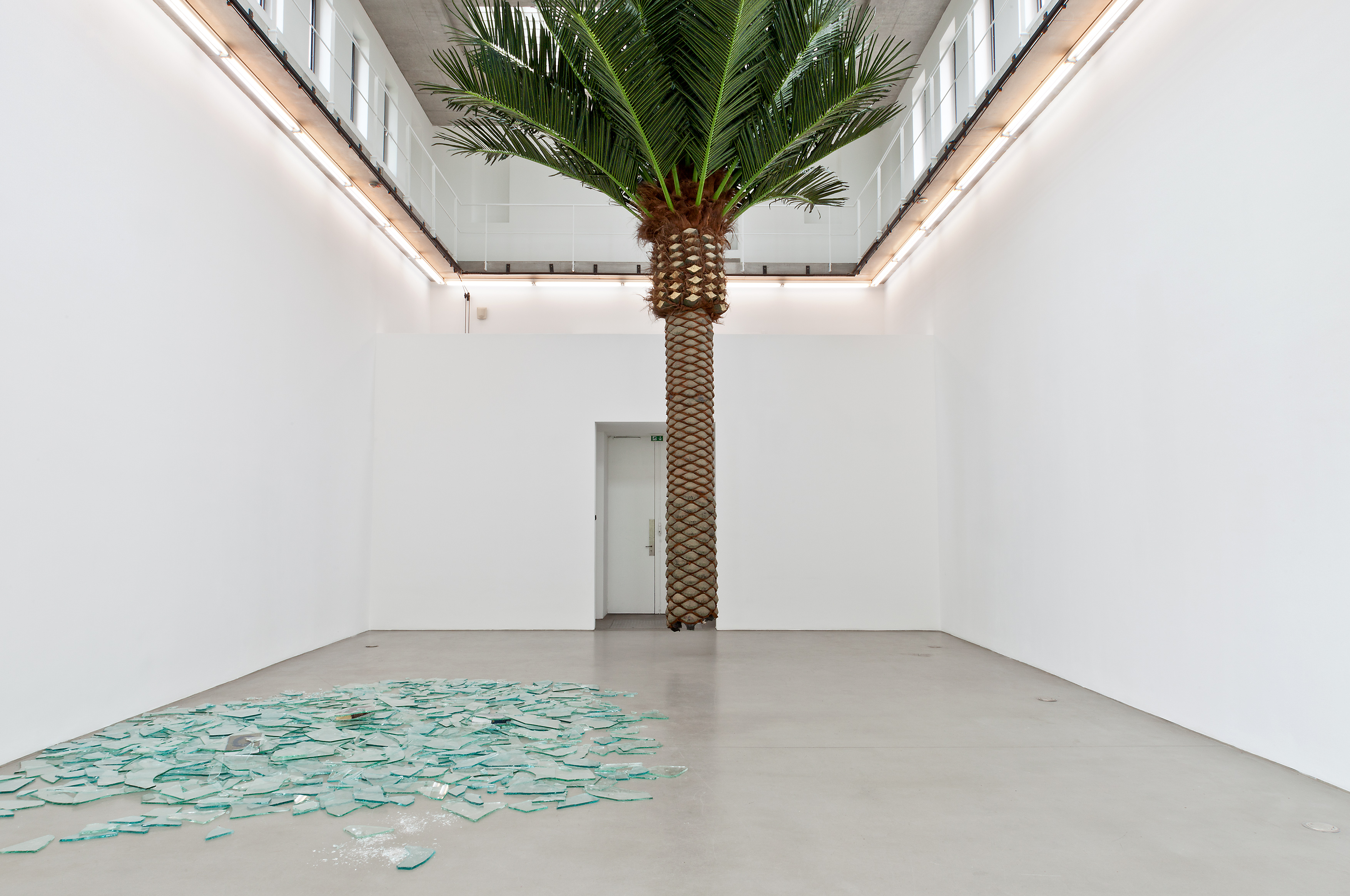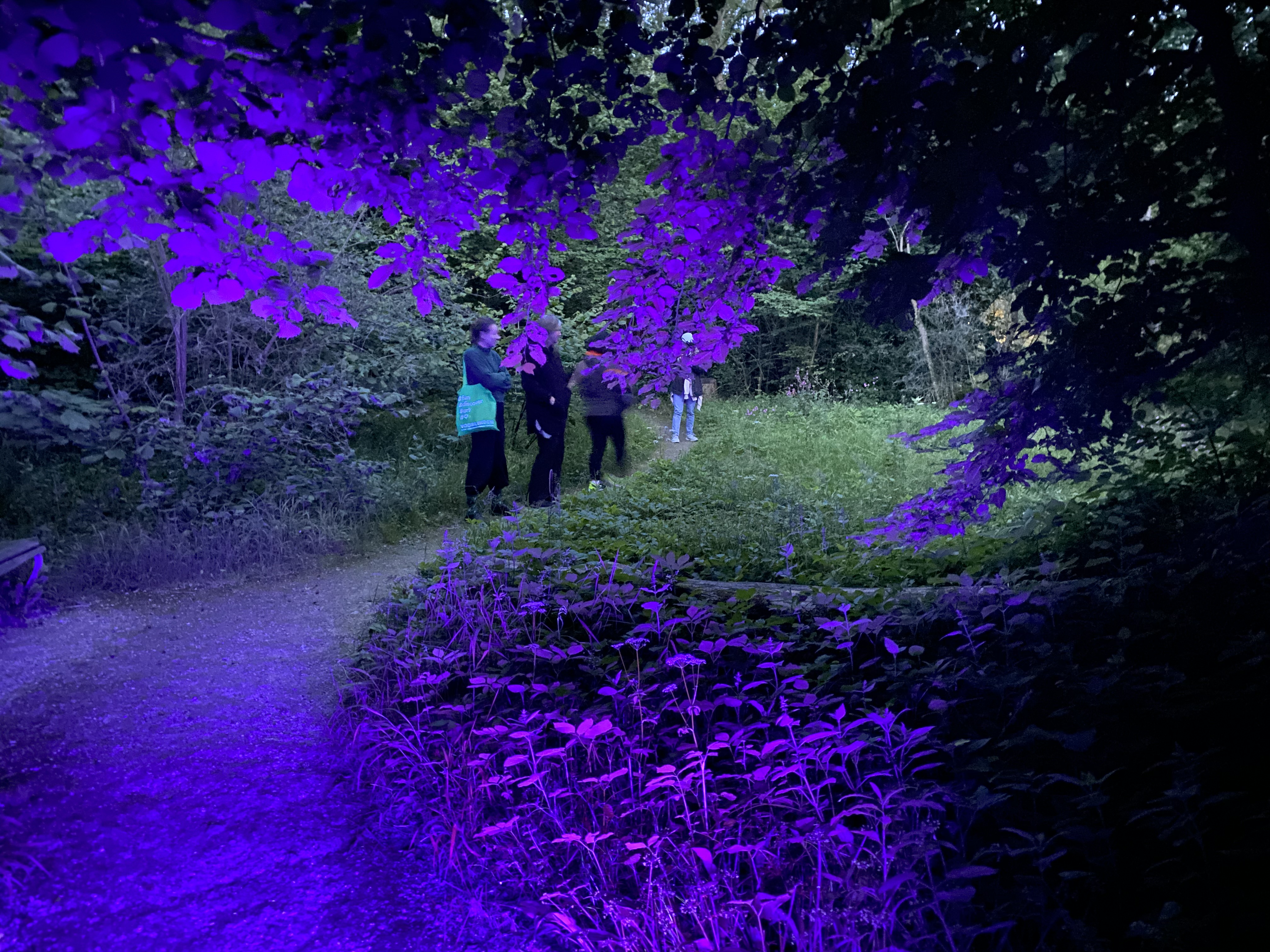Neal White is a London based artist with a research-led practice.
Neal White’s art work takes a variety of traditional and experimental forms. From drawing and assemblage through to time based and conceptual work (event-structures or propositional scores), situated projects, temporary structures or temporal installations, with sound, light and other sensory media.
More widely, his combined research and art practice expands his interest in socially engaged, digital and post-conceptual art through interdisciplinary encounters with science and technology and more recently interests in ecological and environmental issues. Projects are developed through research processes situated in context, from labs and post-industrial landscapes, exploring digital systems and infrastructures of science, through to transdisciplinary approaches to self-experimentation, ecology, STS, multispecies justice and environmental concerns that span across the arts and humanities.
Whilst this approach involves fieldwork and investigative research practice, his art making involving coders and composers, engineers and architects as well as collaborations that have given rise to the exploration of new models for art practice. He is associated with initiating a number of different collectives and para-institutional structures to address forms of post-studio practices in art - from the Shoreditch based Soda Creative Technologies Ltd (1997-2002) to the virtual Office of Experiments (as both as studio and a research network, est. 2004). His two most recent collaborative projects, the Deep Field Project (2018 - ) and Ecological Futurisms (2020 -) situated at University of Westminster, extend these platforms whilst supporting projects such as The Soil Assembly and CREAM’s wider work in ecology.
Neal White has worked solely and in collaboration on projects commissioned Internationally, including at Kochi Muzaris Biennale (India, 2023), Kunsthalle Trondheim (Norway, 2022), Venice Biennale (Central Pavilion 2021), Portikus, Germany (2014) and across the UK - including; Whitechapel Gallery, FACT - Liverpool, John Hansard Gallery - Southampton, Natural History Museum, Barbican Gallery and Lux Gallery, amongst others.
Selected Exhibitions include;
Glazen Huis, Amstelpark, Amsterdam (2022), Central Pavillion of Venice Biennale of Architecture, Italy (Collaboration with Monsoon Assembages 2021), Kunsthall Trondheim, Norway (Collaboration with Diann Bauer, Jols Thoms of Deep Field Project 2020), Fargfabriken, Stockholm, Sweden (Collaboration with Tina O’Connell 2017), Henry Moore Institute, UK (2005, 2016), Royal College of Art, UK (Collaboration with Tina O’Connell 2016), Objectif Exhibitions, Antwerp, Belgium (2015), Portikus, Stadehlschule, Frankfurt, Germany (2014-15), Whitechapel Gallery, London, UK (2014), TULCA, Galway, Ireland (Collaboration with Tina O’Connell 2013), Chelsea Space, London, UK (2010), John Hansard Gallery, Southampton, UK (2008-9), Camden Roundhouse, London, UK (2006), Natural History Museum, London, UK (2003), Moderna Museet, Stockholm, Sweden (With Soda 1999) Lux Galllery, London, UK (With Soda 1998), Gasworks, London, UK (With Soda 1998).
Funded by amongst others;
Biennale de Venezia (IT), Mondriaan Fund (NL), Arts Council of England, Henry Moore Institute and Henry Moore Foundation, The Wellcome Trust (all UK) and Center for Land Use Interpretation (USA), amongst many others in Europe. Selected works are in the collection of the The Henry Moore Insitute and Leeds Gallery Sculpture Collection.
Contact ︎contact form
Links to academic publications, talks etc. are accessible via Neal White’s profile at CREAM.
Full Exhibition list and artist CV available on request - please use contact form.
Neal White was appointed as an Interdisciplinary Professor of Art at University of Westminster in 2016, and is involved in developing practice research. Since 2017 he has co-led the high profile research centre, CREAM. In this role, he is now also engaged supporting future respoitoires of knowledge shaped by practice, as well as teaching on the new MA in Global Contemporary Art, as well as supervising PhD candidates. Whilst a visiting researcher at the Royal Botanical Gardens at Kew, he helped to coordinate the Court for Intergenerational Climate Crimes, with Jonas Staal and White’s colleague at Westminster, Professor Radha D’Souza. He continues to work closely with his partner, the artist Tina O’Connell.
--
Notes on Front Pages
Latest
Tiny Love Songs. Nocturnal Soundscape. 2019
 A nocturnal soundscape in the forests of the Netherlands, immersed the audience in the mesmerising and unnvering sounds of a million mosquitoes mating. Designed to start a few mins before the end of each hour, the work led to an intense crescendo, plunging the forest back into darkness on the hour. Produced with Office of Experiments. Commissioned by zone2source for Into the Great Wide Open Festival. 2019.
A nocturnal soundscape in the forests of the Netherlands, immersed the audience in the mesmerising and unnvering sounds of a million mosquitoes mating. Designed to start a few mins before the end of each hour, the work led to an intense crescendo, plunging the forest back into darkness on the hour. Produced with Office of Experiments. Commissioned by zone2source for Into the Great Wide Open Festival. 2019.Dislocated Data Palm [Part 1 of 2] (2014)

A 9 metre tall man-made palm tree originally used to disguise mobile phone towers was cut into two parts, with the upper five metre section suspended inside Portikus gallery, floating just above the floor where John Latham’s sculpture ‘God is Great’ (2005) was installed. Ongoing broadcasts and guerilla actions by White were streamed from, in and around a complex of concealed data sites, used for high speed financial trading and US signals intelligence, in the Frankfurt region. As Portikus website states;
Rather than producing objects and proclaiming ways of how they should operate in the world, White’s practice focuses instead on mediating how things, or no-things, exist as events in space.
Nocturnal fieldwork with The School for Multispecies Knowledges - Amsterdam, May 2022

Exploring nocturnal ecologies with members of the School for Multispecies Knowledges. Using a specially adapted XYZ cargo bike made by former partners on Space on Earth Staion - N55 (see below), we toured the nocutrnal landscape of Amstelpark in Amsterdam, after it had closed to the public. UV / Black lights and an array of mobile phones capture other realities through a spectral insight into other life worlds.
Previous
Space on Earth Station 2004-6
Camden Roundhouse, 2006. A project developed in collaboration with Danish architects N55, this space station was conceived as an exploratory platform to investigate our own planet and our impact on it. Using forms developed by Peter Jon Pearce (Structure in nature is a strategy for design) and with a critical view of the attempts to escape Earth and reach Mars, putting space over and above planetary health, we experimented with micro-economies, ecologies and low impact living. The space ‘on earth’ station included units for humans, birds, bees and plants, and hosted projects by artists across UK / Europe selected from an open call. It was produced in London and Copenhagen, and was open to the public for 6 days in September 2006. Supported by Arts Catalyst, London.
In the depths of Star City, Moscow 2005.

In 2005, Neal White was asked to join a trip being led by Arts Catalyst to the training centre for Cosmonauts. “Whilst all of the others on this trip were intent on a zero gravity flight, I was tagging along as I was researching the possibility of remaking a scene cut from Kubricks classic 2001 AD (of an art class). Whilst inside the closed military facility of Star City, I had an unexpected encounter. Whilst others in the group were undergoing training - learning how to put on a parachute in case the parabolic flight they were all going on failed, I was left alone in a corridor. A small round light suddenly illuminated, followed by others. When I approach one of these lights, I discovered it was a porthole window, and far below me in the centre of
the building, in what turned out to be a vast and very deep swimming pool, was a full scale model of the MIR space station. Soon after, at the same levels as I was standing, divers entered the pool wearing neutral bouyancy kit. A vast space was recvelaled for rehearsing a gravity free environment, and a moment more surreal than 2001 AD emerged in front of my eyes.”
Asymmetic Power Protest (Unauthorised access)
Dugway Proving Grounds / UTT- a documented protest using a nomadic structure on the edges of the largest US Military Bombing Range. (UTT) - Utah. 2007. The custom made mobile structure (F-Utility Vehicle) and placards with equations used in war games, and military planning that address zero-sum scenarios are elements of a work that address the asymmeties of power. Undertaken whilst in residence; Center for Land Use Interpretation, Wendover, Utah, funded by Henry Moore Foundation.